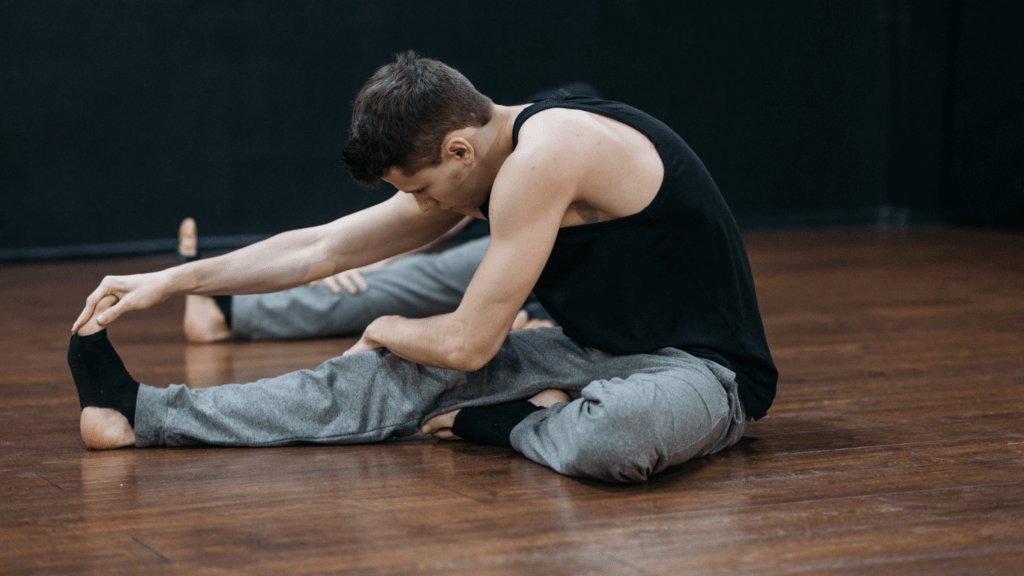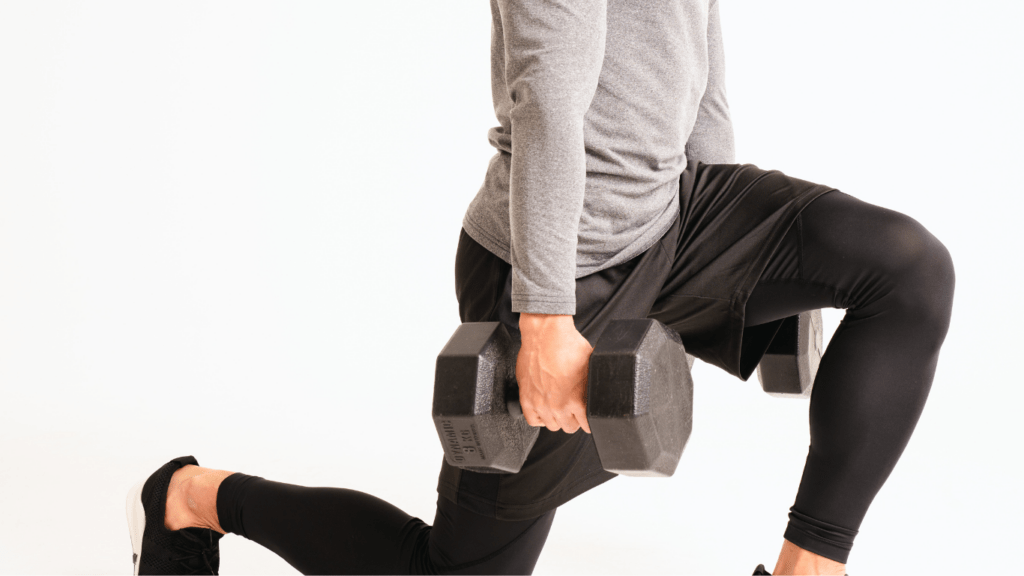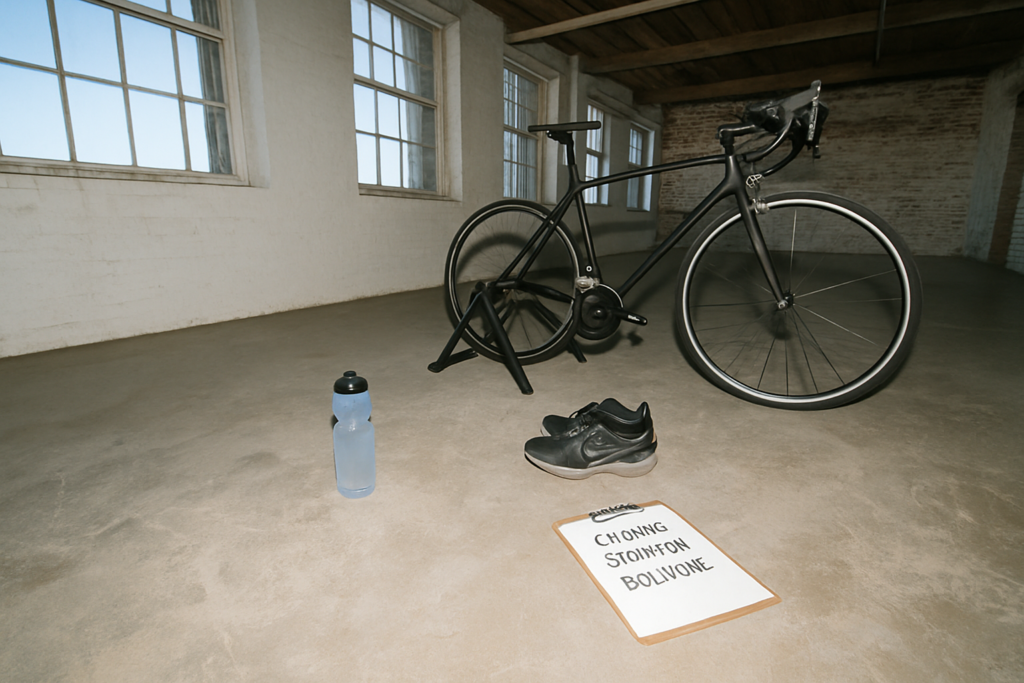The Importance of Flexibility for Cyclists
Flexibility is crucial for cyclists to enhance performance and reduce injury risk. A well-rounded regimen can make a significant difference.
Benefits of Improved Flexibility
Enhanced flexibility improves range of motion, allowing smoother pedal strokes. It also promotes better energy efficiency, reducing fatigue over long distances.
Flexible muscles adapt better to varying terrains and cycling conditions. Additionally, increased flexibility aids quicker recovery after intense rides, reducing muscle soreness.
Common Mobility Issues Among Cyclists
Many cyclists face tight hamstrings, which limit leg extension. Lower back stiffness from prolonged riding positions is another issue.
Cyclists often experience hip flexor tightness, reducing pedal power. Shoulder tension from gripping handlebars can also lead to discomfort.
Addressing these issues through targeted flexibility exercises improves overall riding experience.
Key Flexibility Exercises Every Cyclist Should Do
Cyclists benefit immensely from incorporating flexibility exercises into their routines. These exercises help address common mobility issues and enhance performance.
Dynamic Stretches to Start Your Ride
Dynamic stretches prepare the body for intense cycling. They elevate the heart rate and improve blood flow to muscles.
- Leg Swings: Stand and hold onto a support. Swing one leg forward and backward, then side to side, 10-15 times each.
- Hip Circles: Stand on one leg and move the opposite knee in a circular motion. Perform 10-15 circles in each direction.
- Arm Circles: Extend arms to the side. Rotate them in small circles, gradually increasing the size. Do 15 circles forward and backward.
- Lunges with a Twist: Perform a forward lunge. Once in position, twist your torso toward the leading leg, hold briefly, then return to standing. Repeat 10 times for each leg.
Static Stretches for Post-Ride Recovery
Static stretches help relax muscles and prevent soreness after cycling.
- Hamstring Stretch: Sit on the ground with one leg extended. Reach toward your toes and hold for 20-30 seconds. Repeat on the other leg.
- Quadriceps Stretch: Stand on one leg. Pull the other heel toward your buttocks and hold for 20-30 seconds. Switch legs.
- Hip Flexor Stretch: In a lunge position, lower your back knee to the ground. Push your hips forward gently and hold for 20-30 seconds. Switch sides.
- Shoulder Stretch: Bring one arm across your chest. Use the opposite arm to press it closer and hold for 20-30 seconds. Repeat with the other arm.
These dynamic and static stretches address key muscle groups to enhance flexibility and improve cycling performance.
Incorporating Flexibility Training Into Your Routine

Boost cycling performance and reduce injury risk by integrating flexibility training into your daily routine.
Daily Flexibility Practices
Consistency in daily flexibility practices can yield substantial improvements. Target specific muscle groups, such as the hamstrings, calves, and lower back, which often tighten from prolonged cycling.
Perform dynamic stretches like leg swings and hip circles in the morning to prep your body for the day’s activities.
In the evening, incorporate static stretches such as hamstring stretches and quad stretches. Frequency matters; daily practice ensures muscles remain supple.
- Hamstring Stretches: Hold for 30 seconds per leg. Helps alleviate tightness from cycling.
- Calf Stretches: Stand on a step and let your heels drop. Hold for 20-30 seconds.
- Lower Back Stretches: Perform a seated forward fold. Hold for 30 seconds.
- Quad Stretches: Stand on one leg, pull the opposite foot towards your glutes. Hold for 30 seconds.
Integrating Stretching with Cycling Workouts
Stretching before and after cycling workouts can enhance performance and recovery. Warm up with dynamic stretches before riding. Post-ride, use static stretches to cool down and promote muscle recovery.
Include flexibility training within your cycling workout to maintain muscle elasticity.
- Pre-Ride Dynamic Stretches: Perform leg swings, hip circles, and arm rotations. Aim for 5-10 minutes.
- Post-Ride Static Stretches: Focus on hamstrings, quads, shoulders, and calves. Hold each stretch for 30-45 seconds.
- Incorporate Yoga: Consider a weekly yoga session to improve overall flexibility and strength.
Incorporating these flexibility exercises into your routine targets key areas and helps maintain muscle balance, enhancing your overall cycling experience.
Tools and Equipment to Enhance Stretching
Cyclists benefit from various tools designed to improve flexibility, aiding in performance and injury prevention.
Foam Rollers and Their Uses
Foam rollers serve as essential tools for self-myofascial release. They help ease muscle tension and improve blood flow.
I focus on areas prone to tightness, such as the quadriceps, hamstrings, and IT band. When using a foam roller, I apply gentle pressure and roll slowly over each muscle group, spending extra time on any tight spots.
This process not only reduces muscle soreness but also enhances overall flexibility.
Resistance Bands for Cyclists
Cyclists can use resistance bands to add variety and intensity to stretching routines. I incorporate resistance bands to stretch my hamstrings, hip flexors, and shoulders.
By providing consistent resistance, these bands help improve muscle strength and flexibility. For extra hamstring flexibility, I loop a band around my foot and gently pull while keeping my leg straight.
This method increases the effectiveness of traditional stretches.

 I’m Brendamee McCartyierr, and as the founder of Cycle Smooth Ride Long, I'm thrilled to bring you the ultimate resource for all things cycling. Whether you're a seasoned rider or just starting on your cycling journey, our mission is to support your passion for two wheels with trusted advice, insightful reviews, and expert tips.
Cycling is more than just a hobby—it's a lifestyle that promotes health, freedom, and adventure. At Cycle Smooth Ride Long, we’re committed to making your ride smoother, longer, and more enjoyable by providing you with the latest in cycling news, nutrition advice, fitness tips, and gear reviews. We also cater to beginners, offering comprehensive guides to help you get started and build confidence on the road.
I’m Brendamee McCartyierr, and as the founder of Cycle Smooth Ride Long, I'm thrilled to bring you the ultimate resource for all things cycling. Whether you're a seasoned rider or just starting on your cycling journey, our mission is to support your passion for two wheels with trusted advice, insightful reviews, and expert tips.
Cycling is more than just a hobby—it's a lifestyle that promotes health, freedom, and adventure. At Cycle Smooth Ride Long, we’re committed to making your ride smoother, longer, and more enjoyable by providing you with the latest in cycling news, nutrition advice, fitness tips, and gear reviews. We also cater to beginners, offering comprehensive guides to help you get started and build confidence on the road.
